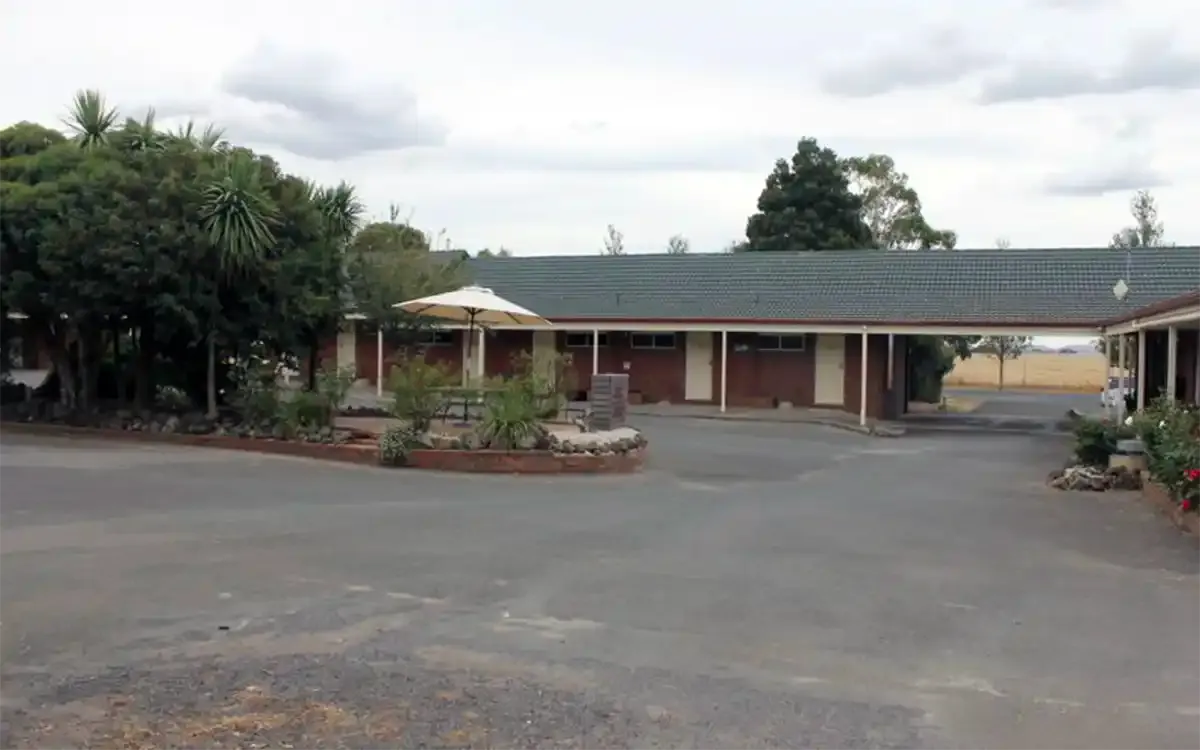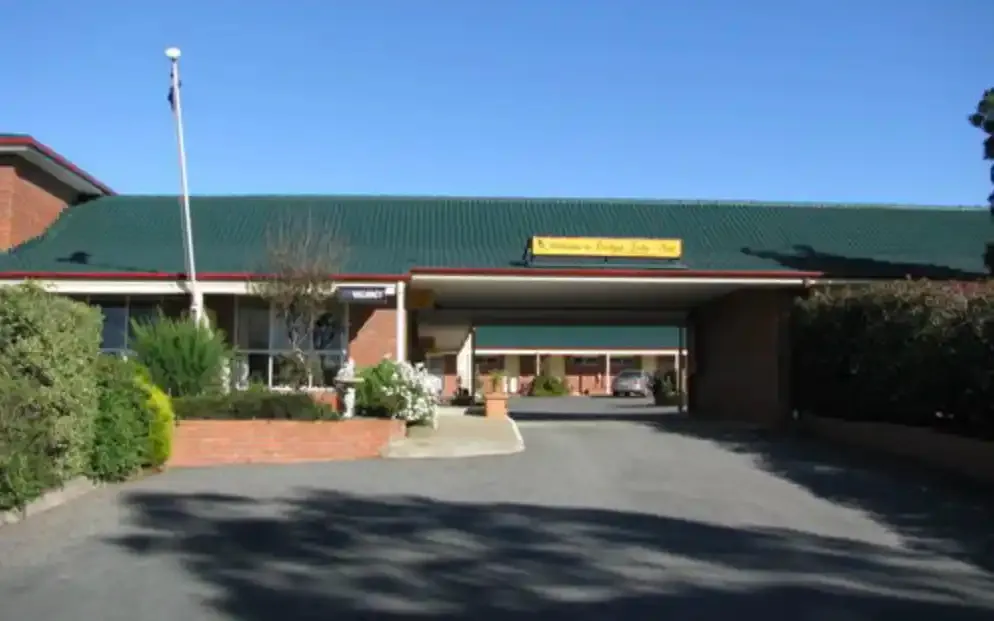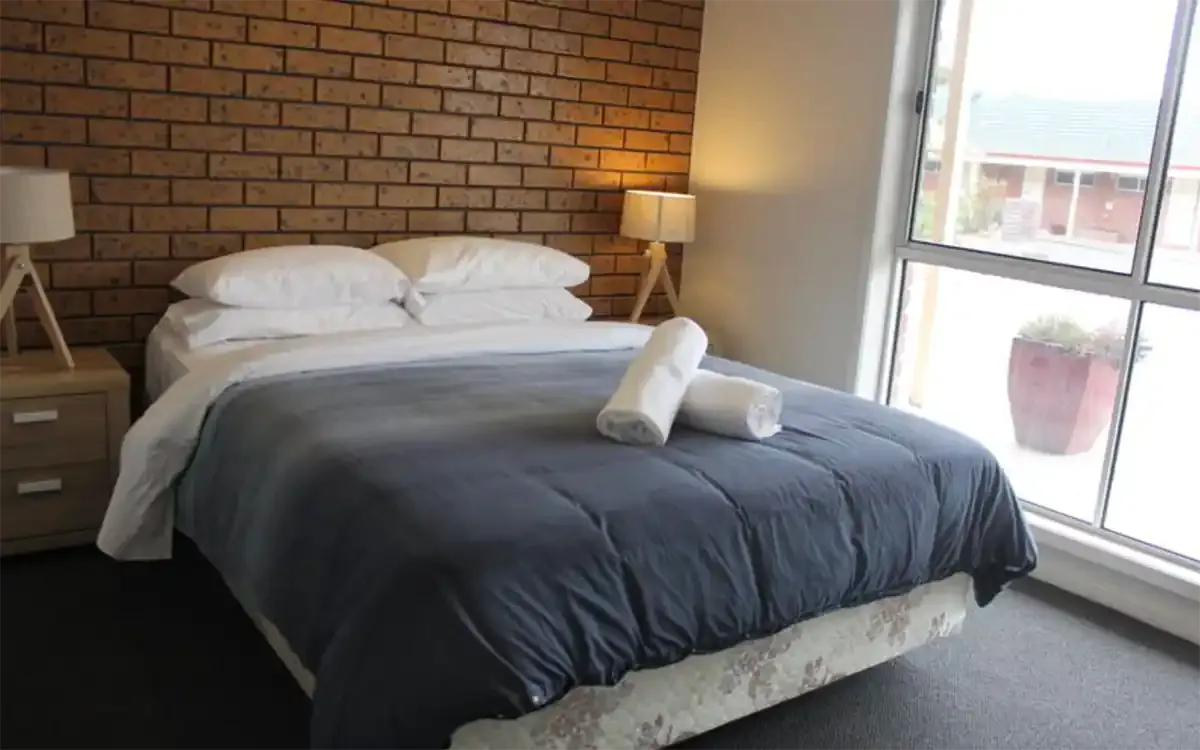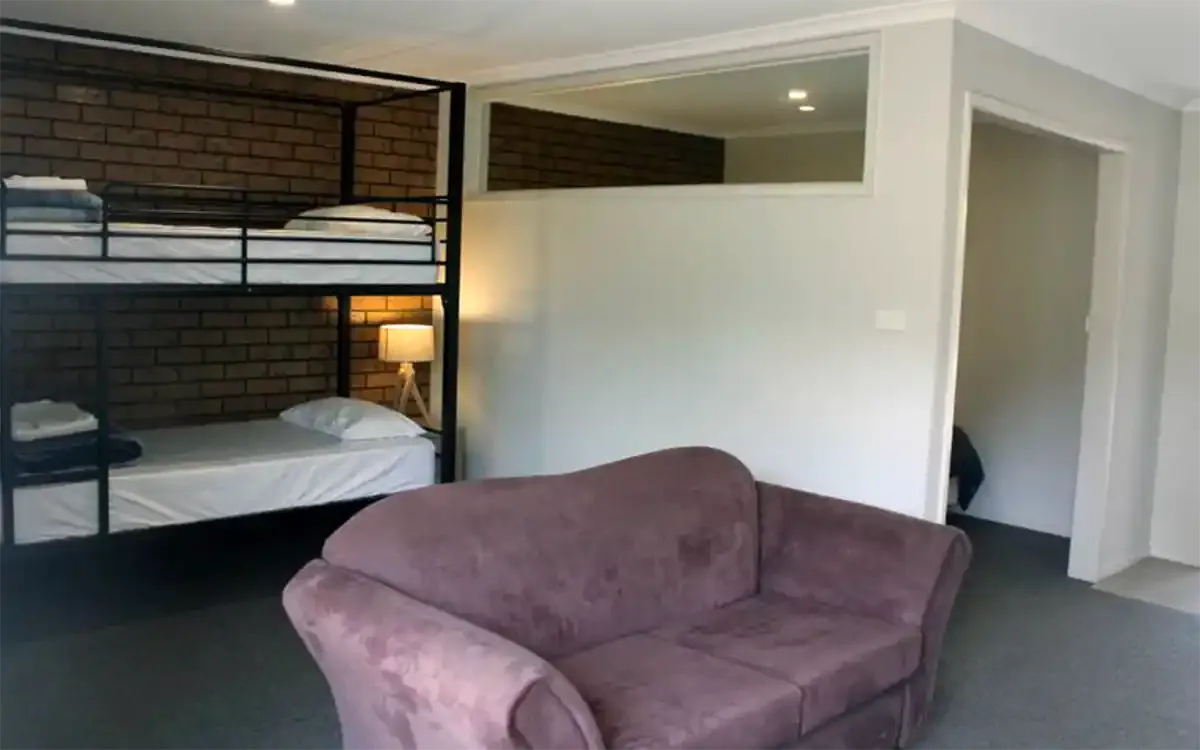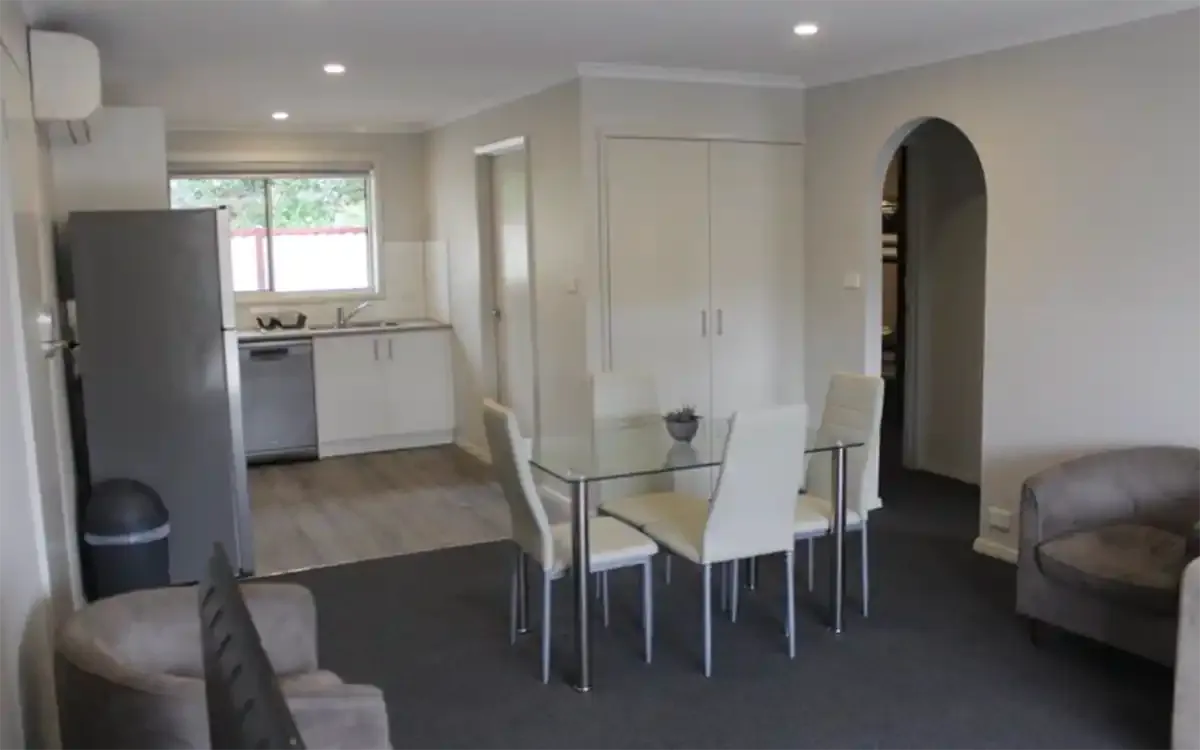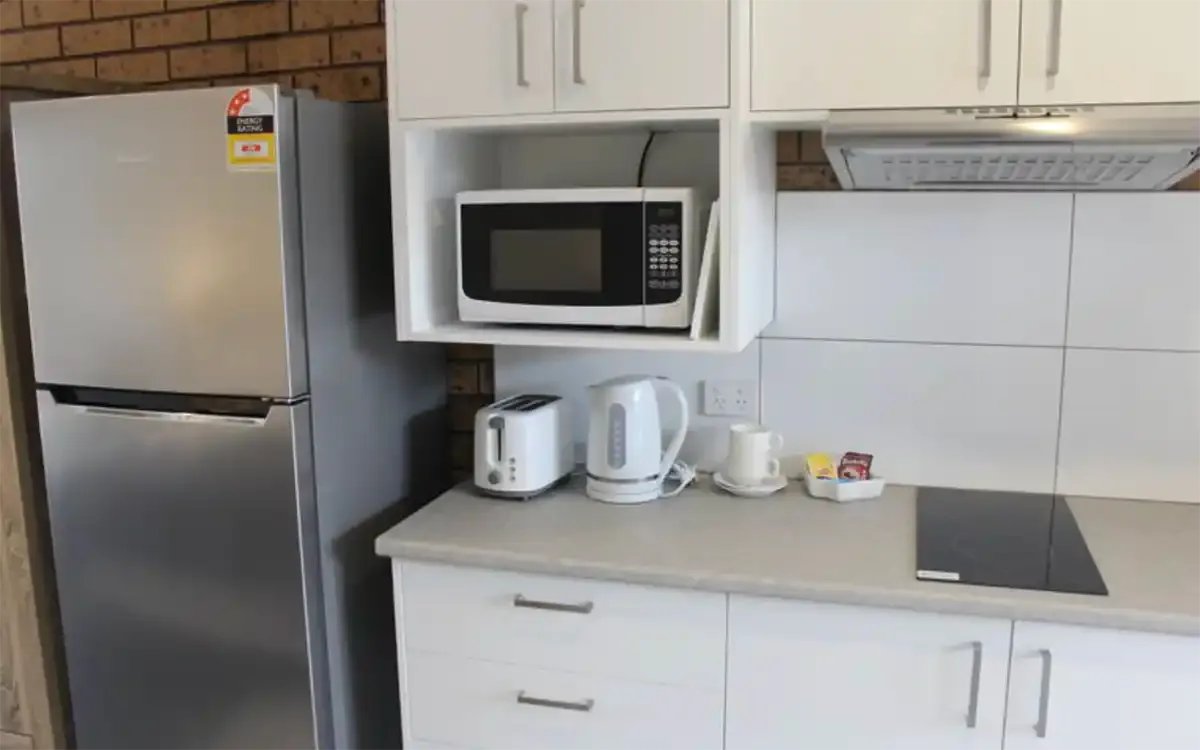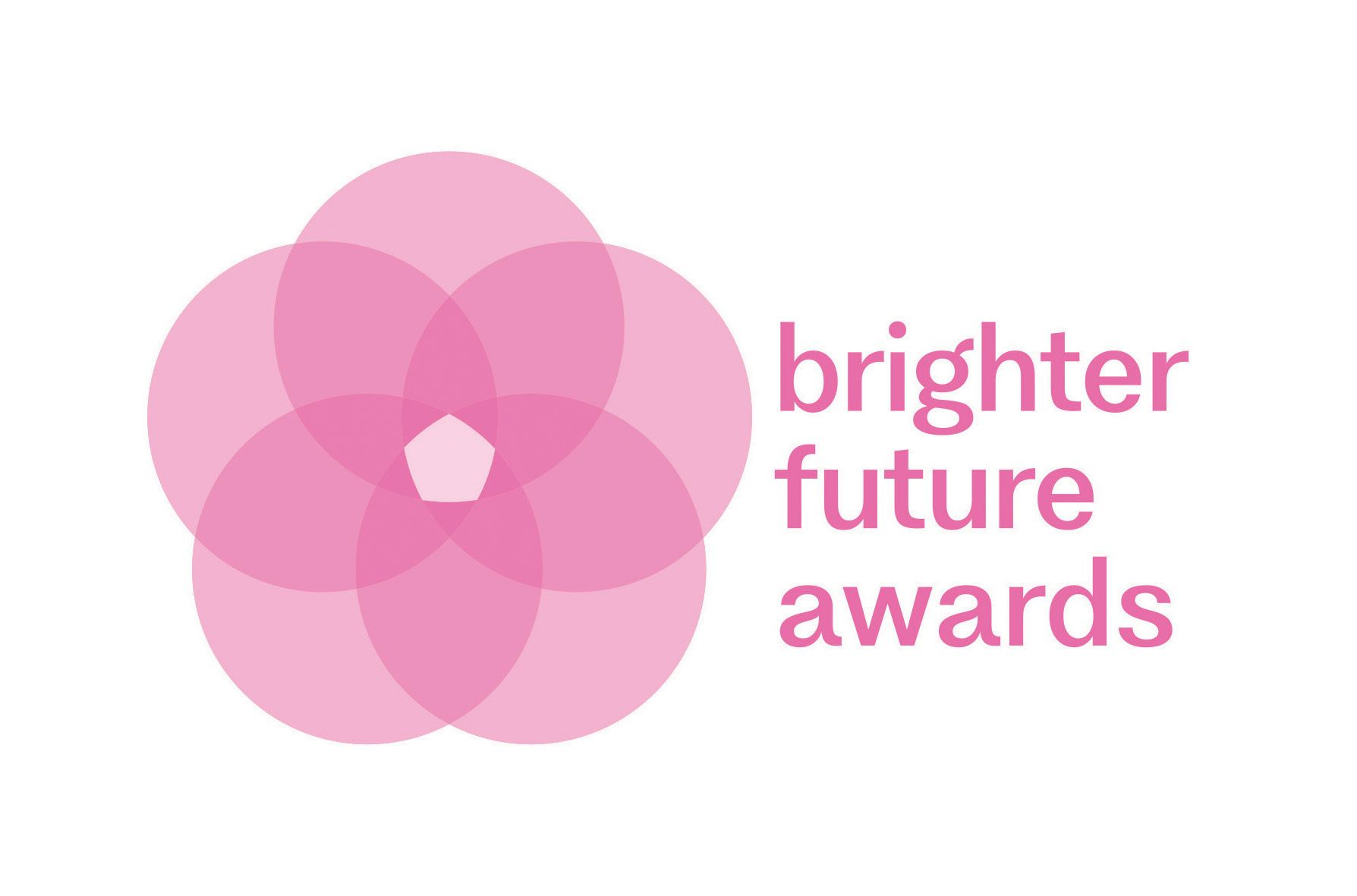Once the pitstop for weary travellers, Cardigan Lodge Motel on Ballarat’s Remembrance Drive in Victoria is now home to weary property-seekers, the victims of today’s housing crisis. HousingWORKS speaks to proprietor Amanda Elliott about this unexpected turn of events.
It’s 2017. Amanda and Paul Elliott have just purchased Cardigan Lodge Motel in Ballarat. An accountant with a savvy business eye, Paul illustrated the site’s development potential to Amanda and, after some due diligence and a long, hard think about the venture, the Elliotts—born and bred Ballarat locals—are all-in.
What they could not have known at the time was, in less than five years, their property development investment would turn into an almost life-saving accommodation option for renters in one of Australia’s biggest regional cities.
"Cardigan Lodge recalls a time when holiday and overnight accommodation options outside the big smoke were pretty much caravan parks, fibro shacks on the coast or hotel/motel complexes."
Built in 1976, Cardigan Lodge recalls a time when holiday and overnight accommodation options outside the big smoke were pretty much caravan parks, fibro shacks on the coast or hotel/motel complexes. In its glory days, this motel was a bustling hive of seniors’ groups crossing the border for a coach tour of Victoria, sales reps doing their regular Western Districts runs, and families looking to experience Ballarat’s rich history as Australia’s most lucrative goldfield with famous attractions such as Sovereign Hill.
As Australia’s holiday accommodation tastes became more refined, better roads and increased speed limits reduced travel times, and freeway bypasses slashed the volume of traffic flowing through regional town centres like Ballarat. Cardigan Lodge’s glory days slipped into the sunset. A series of ownership changes through the 1990s and the absence of any kind of capital expenditure on the property left it withering on the vine.
By the time the Elliott’s signed on the dotted line, Cardigan Lodge needed a bit of love.
The genesis
The original plan was to convert the motel rooms into two- and three-bedroom units and then sell them off. But the universe had other plans for the Elliotts.
As anyone who’s driven Victoria’s Western Freeway or visited places like Ballan, Daylesford and Meredith on the Golden Plains Highway will attest, the region is home to an array of windfarms. And where there’s construction in regional areas, there’s a need to house the people working on it.
“We got a phone call from the real estate agent that we bought Cardigan Lodge from, and he said that he had inquiries from the Stockyard Hill Wind Farm looking for accommodation,” explains Amanda. “That happened before we even could get into the motel and have a look at what was really needed, because they said they wanted it straight away.”
“We said, ‘Well, it's not in the best condition––if you want it, you're going to have to take it as is.’ They came through and they said, yep, and they rented the whole place for about 18 months as is. That changed our mindset a little bit. We thought, ‘Oh well, maybe when they leave, we'll do up a room at a time––do bits and pieces around the place––and then we can rent it out to workers.”
“Anyway, then COVID hit, and no one was going anywhere,” she continues, “We decided this was the right time to rip the whole place apart and do it up in one big hit because no one's using it anyway. So, we did that, and by that stage the Stockyard Hill Wind Farm was finished and there was another one going up out at Rokewood. We approached them and they weren't too interested, so we ran it as a motel for a little while.”
“We’re a little bit out of town, so we’re everyone's last resort. If there's an event in Ballarat, everything else will get booked out first and then us––which was fine because those big weekends, with The Begonia Festival and that sort of stuff, we were booked out, but it wasn't enough to really tick us over.”
"People knew we'd had eight-week blocks of workers staying here, and that we still had workers here, so a couple of people inquired about living at Cardigan Lodge permanently."
“People knew we'd had eight-week blocks of workers staying here, and that we still had workers here, so a couple of people inquired about living at Cardigan Lodge permanently. That got Paul thinking because, Paul being Paul—you've got to know my husband, he thinks outside the square—he thought, how do we go about offering the rooms permanently?”
After some lengthy research, combined with Paul’s accounting prowess, the Elliotts decided to give their idea a go. A simple Facebook post from Amanda kicked it all off. And they were inundated with enquiries.
“I just posted ‘anyone struggling to find a rental property or keep getting knocked back, let us know. We are thinking of doing permanents.’ Well,” she laughs, “you would not believe the amount of responses: In a week, I had, like, 85 people enquire. We've got 27 rooms, so we filled up pretty quickly.”
The housing market in Ballarat reflects a national trend. Going on
the most recent census data, around 63% of homes in the greater Ballarat area are owner-occupied, with rentals and social housing combining for approximately 30.5%. The kicker, though, is the most recent data indicates the
vacancy rate of those rental properties is a harrowing 1.5%.
"This kind of market squeezes many people out of secure tenure who would otherwise be ideal lessees."
Amanda realises landlords are now in a position where they can ‘cherry-pick’ their tenants, but she’s also aware this kind of market squeezes many people out of secure tenure who would otherwise be ideal lessees. With that in mind, they have seized the opportunity to secure their own financial situation while making a positive impact in the area through the motel.
“Landlords can pick the cream of the crop: two incomes, no pets, no kids, and everyone else just gets pushed down the line,” Amanda explains. “I was talking to one of our tenants who had gone to an inspection for a rental property, and he said there were 60 other people there. It was just ridiculous. So, we've opened it up to everyone who's out there that works, even if they have two part-time jobs, or the husband works full-time and the wife only works part-time, etc. If they can prove they can pay every week, they're fine.”
The deal
Rooms at Cardigan Lodge range from $455 for a family room down to $340 per week for what Amanda describes as ‘non-family rooms’: “People love the family rooms. They go for those rooms first,” she admits.
For tenants, their rent covers gas, electricity, Wi-Fi and Foxtel access, and a weekly linen change: “We still want to have it motel quality,” she laughs, “so the tenants get a clean and fresh linen every week.” All rooms are fully furnished, and Cardigan Lodge has a guest laundry.
The former restaurant is now a recreational room with a pool table and pay TV on the big screen. Each room has its own kitchenette with a two-burner hot-plate, tea and coffee-making appliances, a microwave and a sink for the dishes: “For a month-to-month thing, it's quite ideal, I think.”
“We also removed the swimming pool,” she continues. “When we bought Cardigan Lodge, there were frogs living in there––they'd already made holes in the bottom of the pool, and it was going to cost a fortune to fix up. If we had left it there, we'd have to get the inspector out every month and all that, so we pulled it out and filled it in.”
The finer print
Lease agreements are on a month-to-month basis, with existing tenants having first dibs on renewing. Tenants pay the first week's rent in advance, as well as a de-facto bond of two weeks’ rent. Tenants are then required to give two weeks’ notice before they move out.
“The two weeks’ rent is just to stop people coming and going,” says Amanda. “For us, it’s some reassurance they are prepared to stay for the whole month, and they know they've got to stay for the whole month. If at the end of that month they do find something, then they've got two weeks grace. They can stay for two weeks while they're moving into their other house or whatever they’re planning to do next.”
The Elliotts get tremendous support from their resident managers, Toni and Billy, who were among the initial batch of tenants and continue to live onsite in their new managerial roles. After running a bottle shop in Ballarat for 16 years before investing in the motel, Paul and Amanda were keen to run operations from behind the scenes: “For the first few months in 2017, I was pretty much out there all the time, but then Toni and Billy came along, and they've been terrific,” says Amanda.
Toni vets tenant applications, handles cleaning and takes care of lease agreement signings, while Billy does the gardening and maintenance. This leaves Amanda to look after the financial and compliance obligations.
One of the dealbreakers for potential tenants is their hard and fast ‘no pets’ rule. “It’s because we can't house them,” Amanda explains. “You can't have a pet in a little motel room, especially when we've got no fencing or yard as such, because the driveway is open. We've had people say, ‘Yeah, but our dog’s only tiny and he won't leave the room, and he doesn't make any noise’, but I couldn’t have it on my conscience, if something happened to a pet that ran out onto the main road.”
"Despite the short-term nature of these agreements, Amanda says there’s a strong feeling of community among their residents."
The longest tenure at Cardigan Lodge so far has been over six months but, as Amanda points out, the majority of their tenants aren’t looking for an indefinite or long-term stay, illustrating why month-to-month agreements are a great fit. Despite the short-term nature of these agreements, Amanda says there’s a strong feeling of community among their residents.
“Toni and Billy have kids, and there are some people staying there with kids, and they all get along. Toni says to me every now and again, ‘Oh, it's great––the kids, they love it. They hang out together and they've always got someone to play with.' She says how 95% or 98% of the tenants are very nice people and they all get along. We've had a couple of tenants where we had to chase money and bits and pieces, but we haven't had any trouble as such.”
"Tenants just need a break. They just need someone to just give them a leg up or something."
For the Elliotts, the number of people struggling to secure tenure has been one of the most confronting takeaways from this experience––so much so, they recommend establishing a motel as longer-term accommodation for anyone who has the resources to do so: “Tenants just need a break. They just need someone to just give them a leg up or something.”
The recommendation comes with a word of warning, though: “My biggest piece of advice would be to make sure you have hard, set rules and don't bend them because it's hard not to,” she concludes. “It's hard not to feel sorry for some people and say, ‘Okay, we’re not really pet friendly, but you can bring your dog’–––that sort of thing. You've really got to set some really some tough rules and you’ve got to stick by them.
Share This Article
Other articles you may like



